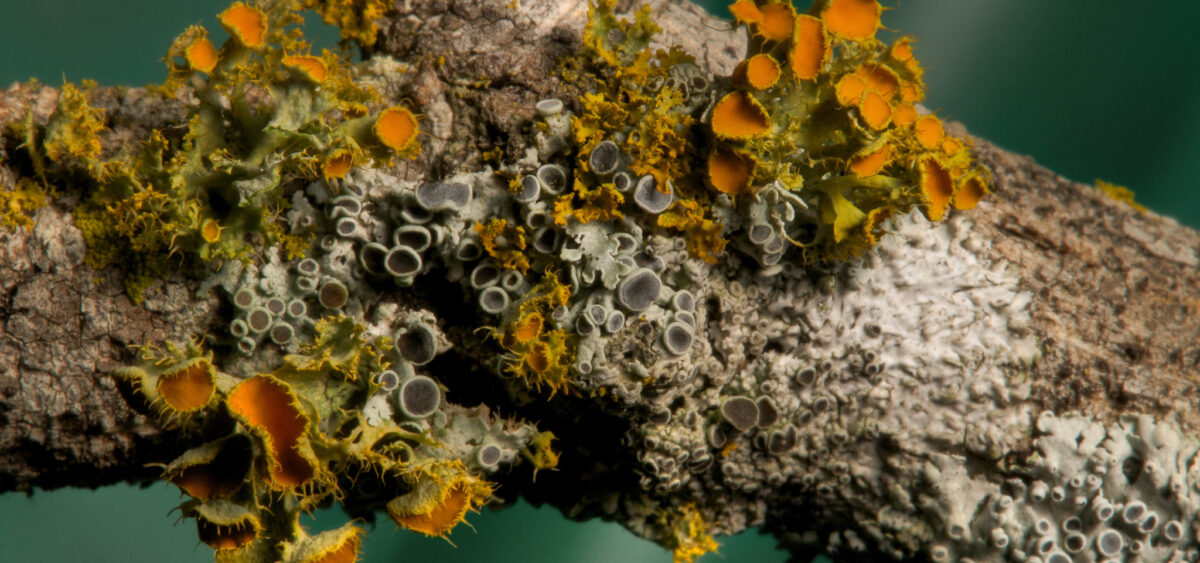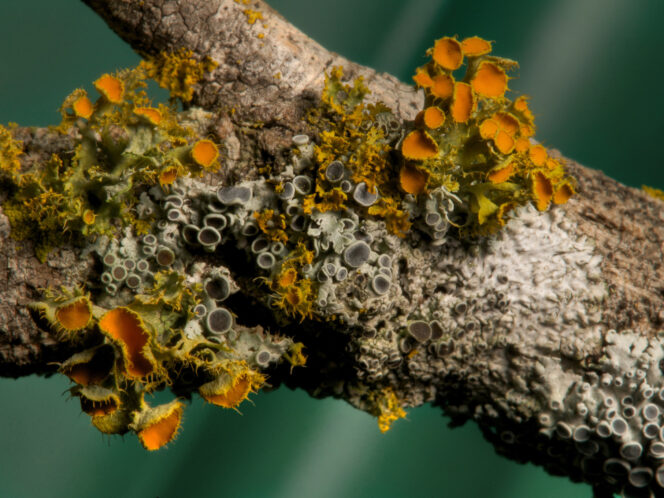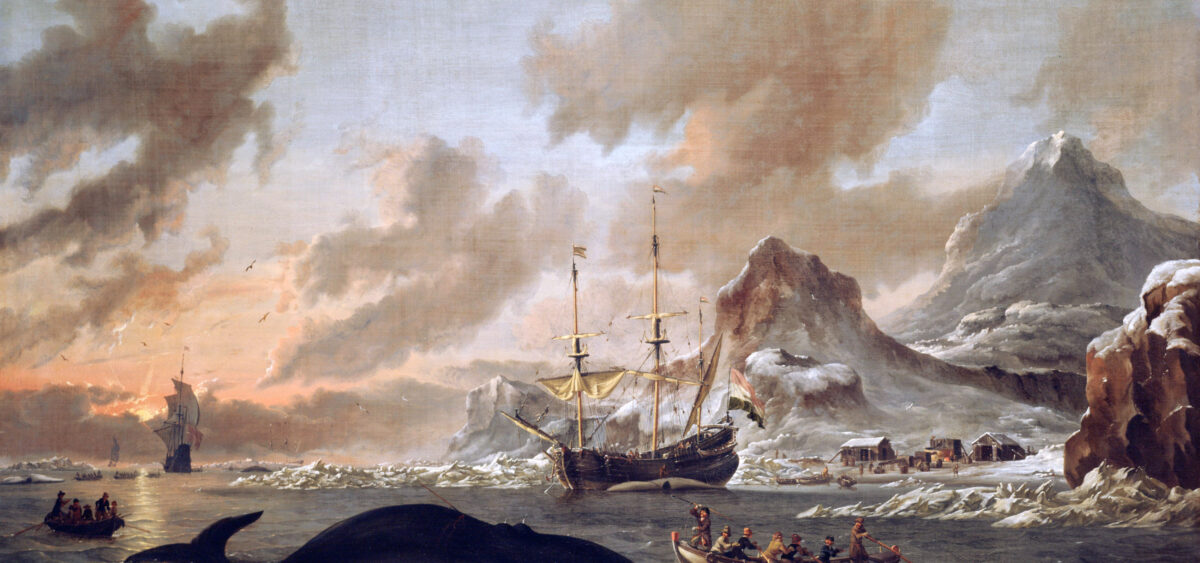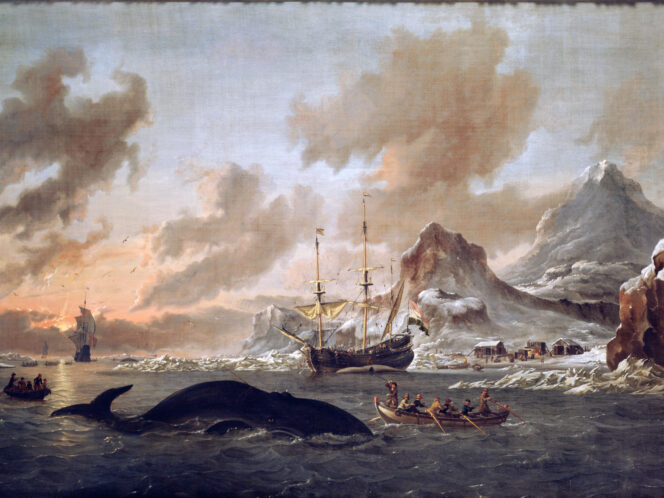
Wolves help forests grow, old ladies save bumblebees, and whales increase the fish population (despite also eating them). The connections between various species are subtle and often surprising. Even humans, at some point during evolution, merged with certain bacteria and viruses that are intimately assimilated within our bodies today.
Ozyorsk is a city in Chelyabinsk Oblast in Russia, where plutonium factories used to operate. Radioactive particles are still present in the water and earth to this day. The locals often complained about chronic pain and tiredness as well as problems with their circulation, digestion, and immune systems. However, doctors failed to find any explicit links between the ailments and radiation; they didn’t detect any cancerous changes typically caused by radioactivity. And because the symptoms didn’t fit the diagnostic criteria, patients were sent away feeling neglected and betrayed.
Professor Kate Brown, whose research focuses on areas affected by radioactivity, spoke at a conference in Santa Cruz, where she told the story of the strange illness affecting the residents of Ozyorsk. The lecture was attended by microbiologist Margaret McFall-Ngai, who suddenly recognized all of the symptoms described by Brown. Each and every one of those indicators had appeared previously in her own research. The scientists joined forces and managed to solve the mystery together. It turned out that although the radiation dosage was too low to cause cancerous tumours in people, it was high enough to inflict mutations in the patients’ intestinal bacteria. The bacteria were ill, which caused the people—their hosts—to suffer.
This story is a beautiful—albeit somewhat bleak—example of cooperation between researchers from different areas of science, but also a brilliant illustration of cross-species symbiotic relations. Can you imagine a bond closer than suffering from another creature’s sickness?
The Plant Partnership
In school, when we learned about symbiosis, the cardinal example was always lichens. These organisms are absolute masterpieces of the evolutionary entanglement of species. Their bodies (called thallus) are composed of algae or cyanophyte cells that grow among the fibers of fungi. The fungus cannot live








